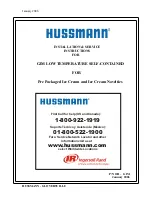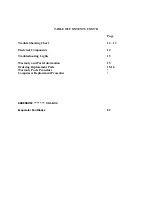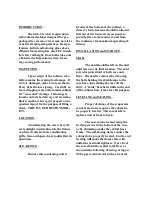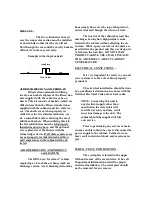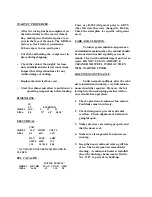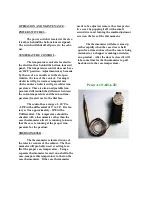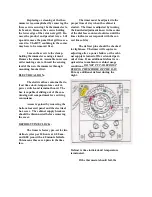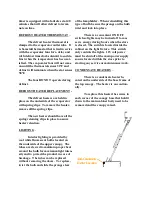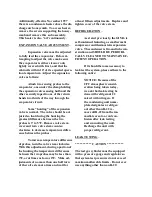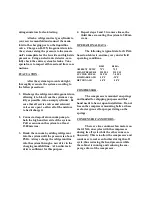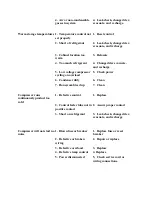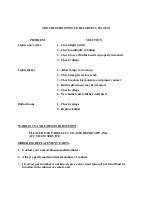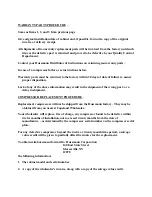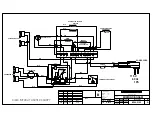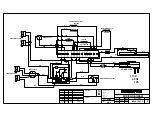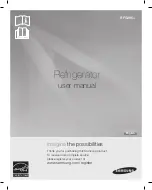
nitrogen mixture for leak testing.
Attach a refrigerant test gas cylinder to
your service manifold and connect the mani-
fold to the charging port on the liquid line
valve. Charge an R-22/Nitrogen mixture into
the system, raising the pressure to the remote
unit’s nameplate for the low side and high side
pressures. Using an electronic detector, care-
fully check the entire system for leaks. Take
special care to inspect all brazed and flare con-
nections.
EVACUATION –
After the system is proven leak tight,
thoroughly evacuate the system according to
the follow procedure:
1. Discharge the refrigerant-nitrogen mixture,
allowing it to blow from the system as rap-
idly as possible, into an empty cylinder. Be
sure that all service valves and solenoid
valves are open to allow all of the mixture
to be discharged.
2. Connect a deep-drain vacuum pump to
both the high and low side of the system.
Pull a vacuum on the system to at least
1500 microns.
3. Break the vacuum by adding refrigerant
into the system until the pressure is above 0
PSIG. Always charge the refrigerant line
into the system through a new drier in the
charging manifold line. A 16 cubic inch
drier is sufficient for this purpose.
4. Repeat steps 2 and 3 two more times, the
third time evacuating the system to 500 mi-
crons.
OPERATIONAL DATA –
The following is typical data for GIM-6
based on lab tests, and may vary under field
operating conditions.
R502 R404A
AMBIENT TEMP 75ºf 75ºf
HEAD PRESSURE 225 PSI 235 PSI
SUCTION PRESS 3.5 PSI 7-8 PSI
DISCHARGE AIR -25ºF -25ºF
RETURN AIR -10ºF -10ºF
COMPRESSOR –
The compressor is mounted on springs
and banded for shipping purposes and this
band needs to be cut upon installation. Do not
loosen the compress or mounting bolts as these
are factory pre-set for proper riding on the
springs.
CONDENSER FAN MOTORS –
There are two condenser fan motors on
the GIM-6, one cycles with the compressor
during its off cycle while the other runs con-
tinuously. This is to allow the compressor and
condenser to cool even further during the off
cycle, thus reducing the head pressure while
the cabinet is running and reducing the am-
perage draw of the compressor.

